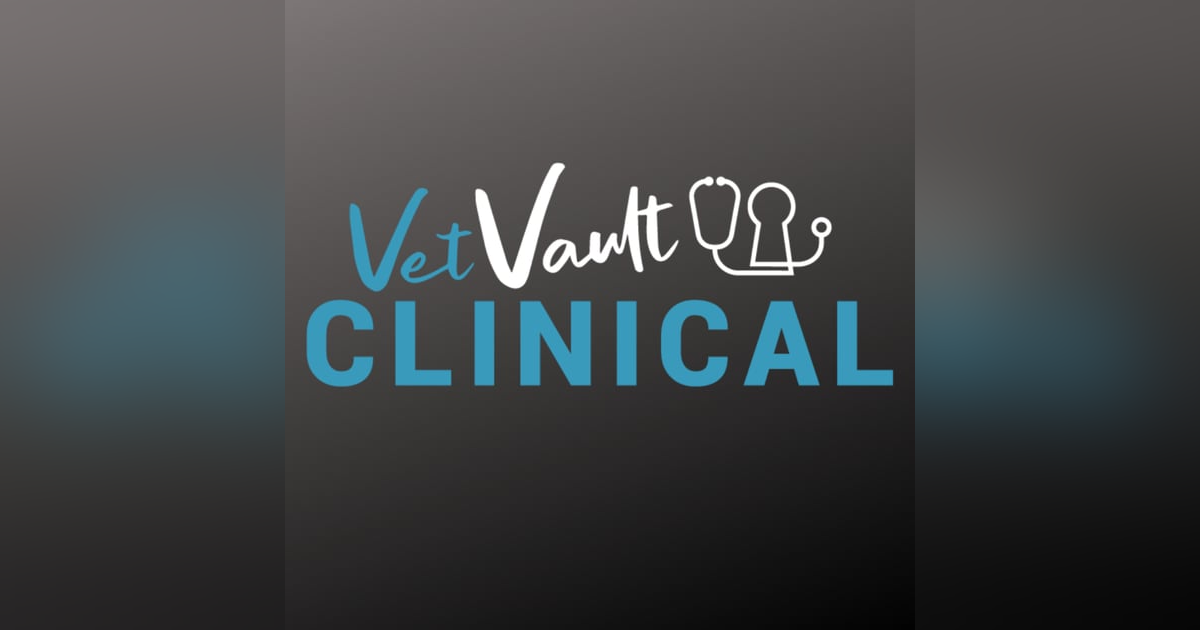#122: We're Fixing Mitral Valves Now?! Everything You Need To Know About the Transcatheter Edge-to-Edge Repair Procedure. With Dr Brad Gavaghan and Dr Fiona Meyers

You know that conversation that you have with your client when you first diagnose congestive heart failure in their mitral valve disease dog? The one where you say: 'This will be the thing that kills your pet.' Well, that conversation is changing.
Veterinary cardiologists Dr Brad Gavaghan and Dr Fiona Meyers introduce us to TEER (Transcatheter Edge-to-Edge Repair), a minimally invasive procedure that can completely change the outcome for your mitral valve patients.
In this episode they explain how it works, what the procedure involves, and what the risks are. They also guide us through selecting the right patients for this procedure so you don't miss the window of opportunity, and outline a new approach for screening and monitoring your newly diagnosed heart murmur patients now that the paradigm of care has shifted. We get into the practicalities of referring your patients, including setting expectations and cost of the procedure.
This episode is from our RACE approve clinical podcast series. Join our Vet Vault Nerds at vvn.supercast.com for more updates, refreshers, pro tips, and show note with over 450 episodes in Small Animal Medicine, Surgery and Emergency and Critical Care.
Serious surgeons, interns, residents and membership candidates should check out our new Advanced Surgery Podcast for a deep level of foundational surgery content.
Subscribe to our weekly newsletter here for Hubert's favourite clinical and non-clinical learnings from the week.






